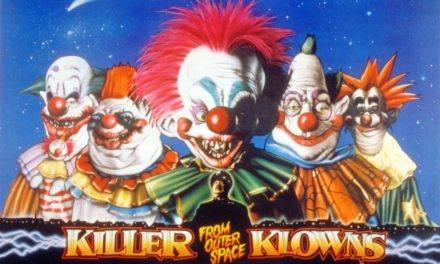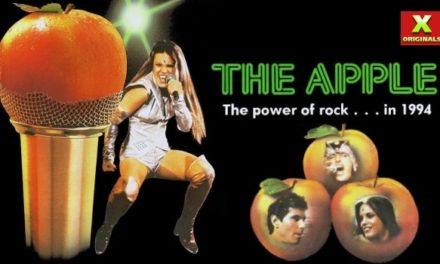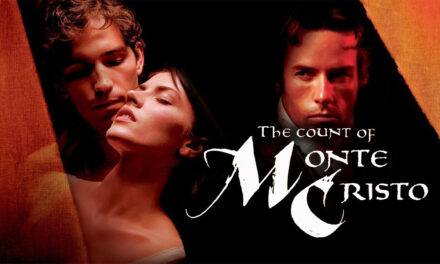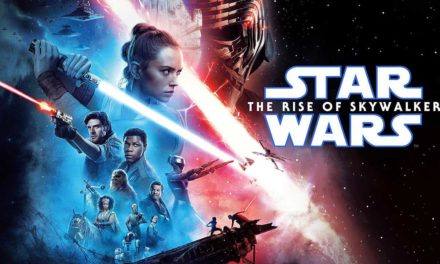With the advent of television and the decline in theater patronage in the 1950s, studios desperately tried to succeed. In addition to introducing new gimmicks like CinemaScope, stereo sound, and 3-D, there was a flood of giant spectacle films. While they had some success with movies like The Sound of Music and West Side Story, things quickly died out. This gave way to smaller, riskier films like Bonnie & Clyde, The Wild Bunch, and The Graduate becoming surprise hits. These successes led to a period commonly known as the New Hollywood Movement, where fresh young directors had creative freedom. Many films of this period focused on more taboo subjects that challenged what was considered acceptable in society. One filmmaker who emerged during this time was John Schlesinger, who was looking for something risky to tackle. So in 1969, Schlesinger brought us Midnight Cowboy based on the James Leo Herlihy novel.
%
Rating
Synopsis
Texan boy Joe Buck (Jon Voight) decides to leave his dishwashing job to become a hustler in New York City. Upon arriving, however, he doesn’t find much luck, though he does manage to hook up with middle-aged Cass (Sylvia Miles). Things change for Buck when he meets Enrico Salvatore “Ratso” Rizzo (Dustin Hoffman), a con artist with a limp. Unfortunately, Joe’s luck gets worse when Rizzo cons him out of $20, tricking him into meeting a gay religious fanatic. On top of that, Joe gets locked out of his hotel room and loses his things, leaving him with nothing. He eventually runs into Rizzo, who offers to let him stay at his apartment and act as his manager. As the two develop their friendship, Joe’s luck starts getting better, though Rizzo’s health starts declining, eventually ending up bedridden. It’s a story of two unlikely friends struggling in an unforgiving world.
Review
Since its initial release, Midnight Cowboy has been heralded as a cinematic masterpiece, and it deserves that status. First off, Schlesinger’s direction is phenomenal, taking full advantage of the grime and grit of late 1960s New York City. Also, Voight and Hoffman give some of the best performances of their careers, playing off each other really well. It’s also interesting seeing the character dynamic change from Rizzo providing for Buck to Buck providing for Rizzo. Further adding to his character growth, we get flashbacks to Joe Buck’s past, which help give insight to his character. They give you just enough information so you can understand it without taking away from the overall experience. There are some secondary cast members who stand out, including Miles, Brenda Vaccaro, Bob Balaban, and Jennifer Salt from Sisters. It’s a wonderfully acted film, highlighted by two fantastic lead performances from Jon Voight and Dustin Hoffman.
It’s interesting that the film was originally given an “X” rating, but was reduced to an “R” after the fact. While nothing in the film is necessarily shocking by today’s standards, it’s easy to see why it was considered controversial. The fact that it was pushing boundaries goes to show how it helped usher in the New Hollywood movement. Admittedly, there are a few moments that are somewhat disturbing, namely during the flashbacks and when Rizzo’s slowly dying. If there are any complaints to be had, I’d say that the film moves at a somewhat slow pace. There are moments where the film meanders a bit, but you’re still engaged thanks to the great performances. It’s definitely a film that’s worth watching for its historical significance, but some modern audiences will most likely get bored. Overall, Midnight Cowboy is a fantastically bleak film spearheaded by two amazing lead performances.
Buy Midnight Cowboy from The Criterion Collection: https://bit.ly/3hv6zXY




